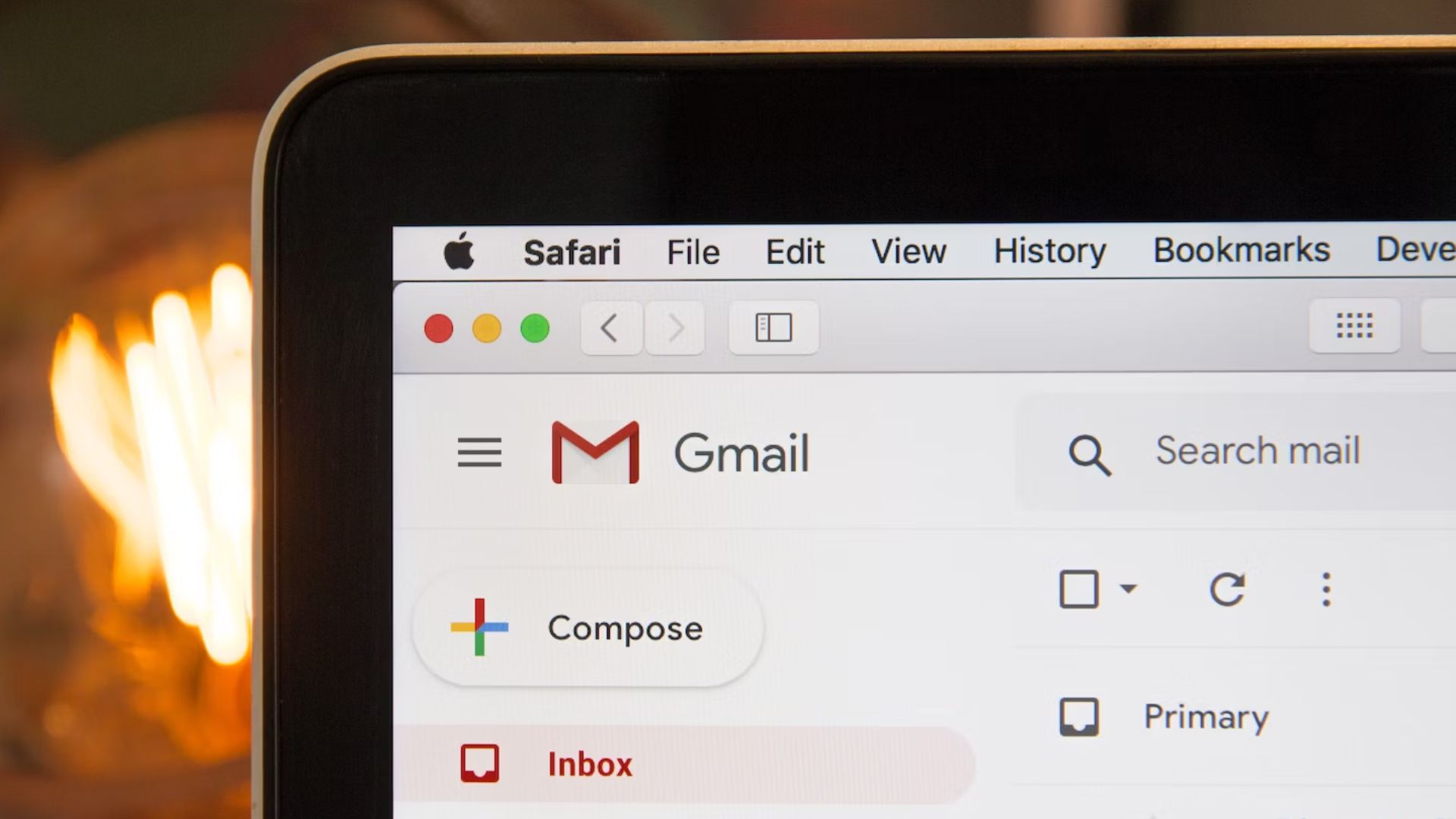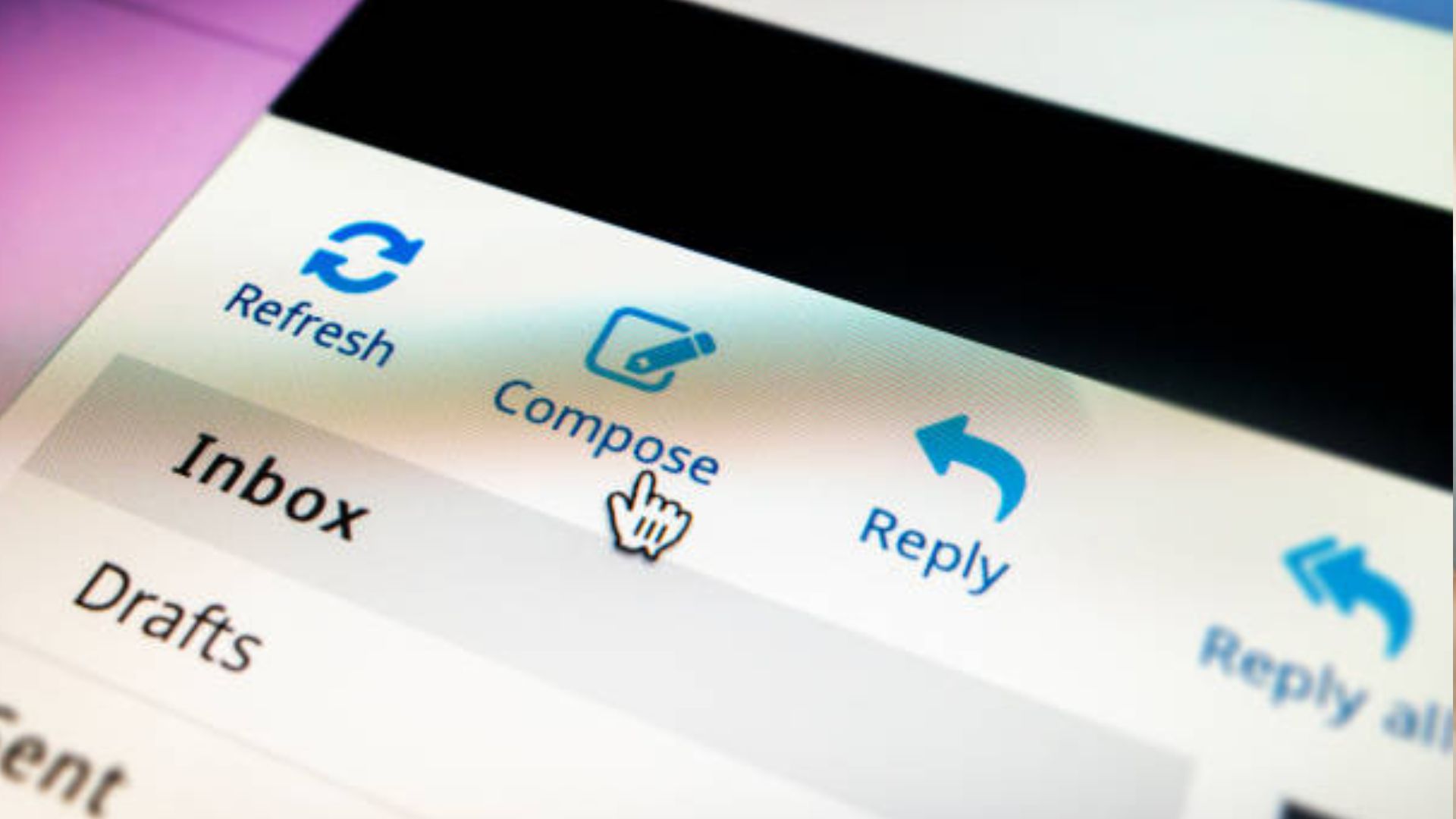Are you getting no response from cold emails? Don’t worry, we’ve got you.
In this guide, we will teach you how to turn those quiet inboxes into lively conversations. Whether you’re a cold email novice or a seasoned pro, these tips will help you break the ice and grab your recipients’ attention.
From crafting different subject lines to sending follow-ups that pack a punch, we’re here to help you stand out in the crowded world of cold emailing. So, let’s dive in and transform your outreach game!
How Long Does It Take to Hear Back From a Cold Email?
Hearing back from a cold email can be as quick as a few hours or take several days. The timing also depends on factors such as your subject line’s allure, email content, recipient’s schedule, and overall email strategy.
A compelling subject line might prompt a quicker response, while a generic one might languish in the inbox. Cold emails, especially the first contact, may not yield immediate results. So, patience is key sometimes.
Additionally, following up is crucial. A well-timed follow-up can rekindle interest, but overdoing it can backfire. Therefore, always be courteous and professional in your approach.
Remember, the goal is to build relationships and trust. By refining your cold email campaigns and learning from common mistakes, you can improve response rates and cultivate valuable connections.
So, stay persistent but respectful, and you’ll likely see positive results in your cold emailing endeavors.
Why You’re Not Getting a Reply From Your Cold Emails [15 Reasons]
![]() Source: Pexels
Source: Pexels
1. You’re Emailing the Wrong Person
When crafting cold email campaigns, it’s essential to target the right individuals to maximize your chances of a response. Sending cold emails to the wrong people wastes your efforts and their time. [1]
However, sending emails to the right person increases the likelihood of your message being read and acted upon. Imagine you’re reaching out to decision-makers in companies for lead generation. If your email lands in the inbox of someone who can’t make the call, you won’t get the desired results.
So, before hitting send, verify that your email is going to the right recipient who aligns with your buyer persona. Mention their company name and role to show you’ve done your research.
By simply explaining why you’re reaching out and how it’s relevant to their role, you’re likelier to get a response.
2. Your Email Subject Line Is Not Compelling
The subject line is your email’s first impression. And using a strong, engaging subject line grabs attention and encourages the recipient to open your email.
A captivating subject line can also make the difference between your email being opened or ignored. Consider receiving an email with the subject line “Exclusive Offer Inside!” versus “An Opportunity to Boost Your Sales.” The latter is more intriguing and relevant.
In addition, use subject lines that hint at value or pique curiosity. For instance, if you’re offering a solution to increase productivity, a subject like “Revolutionize Your Workflow with Our Tool” might spark interest. So, keep it concise and focus on the recipient’s needs.
Read also: Best B2B Cold Email Subject Lines That Work in 2023
3. Your Intro Is Not Personalized
When composing your cold emails, personalize the introduction and tailor it to the recipient’s situation. Address their specific pain points or needs as well.
Personalized introductions show that you’ve researched and cared about their challenges. Compare “Hello, Business Owner” with “Hello [Name], as a fellow business owner, I understand how crucial it is to optimize your time.”
So, research about the person you’re emailing. Mention their company or recent achievements. Highlight a common connection or shared interest. Doing so makes your email more relatable.
4. Your Cold Emails Aren’t Reaching the Inbox

Ensuring your cold emails reach their intended recipients’ inboxes is essential for getting responses. Despite crafting well-written emails, they might get lost in spam folders or face delivery issues, undermining your outreach efforts.
Beyond spam folder placement, another frustrating challenge is when emails appear successfully sent but never actually arrive in the recipient’s inbox. Issues such as ISP restrictions can result in email sent but not received by recipient, leaving senders without a clear explanation. Identifying and addressing these technical roadblocks is crucial for ensuring consistent inbox placement
Moreover, your sender’s reputation, email content, and engagement rates influence whether emails land in the inbox or spam folder.
To prevent this issue, prioritize maintaining a positive sender reputation, creating relevant and valuable content, engaging with your audience, and utilizing a double opt-in process.
This is where a deliverability tool like InboxAlly comes in. InboxAlly prevents emails from ending up in the spam folder by employing a unique approach that enhances sender reputation and engagement.
Through its use of “seed emails” and AI-driven interactions, InboxAlly engages with email content in ways that demonstrate genuine user interest. This engagement also helps inbox providers recognize the sender’s emails as valuable and relevant, reducing the likelihood of them being marked as spam.
Read also: How to Cold Email Without Hurting Email Reputation
5. You Have a Long Email Signature
A lengthy email signature in a cold email can overshadow your message’s essence, overwhelming recipients. So, it’s crucial to maintain a concise and focused email signature to maximize impact.
For instance, if you’re cold-emailing a potential client, a streamlined signature with your name, company, and a relevant call-to-action avoids distraction.
In addition, avoid cluttering your signature with excessive details, unrelated links, or extensive quotes. By crafting a clear and concise email signature, you enhance the chances of your recipients grasping your main message and engaging with your content.
6. Your Emails Are Overwhelming
Having email content that overwhelms recipients can lead to disinterest and lower engagement. To prevent this, ensure your emails are concise, relevant, and focused on the recipient’s needs.
For example, if you’re sharing information about your product or service, provide clear and concise details that address their pain points.
Long, complex emails with too much information can be off-putting. So, use bullet points, short paragraphs, and engaging visuals to break up the content and make it easier to digest.
7. Your Pitch Isn’t Personalized
Not personalizing your pitch can harm engagement. However, tailoring your cold email to the recipient’s needs and pain points helps build connections.
For instance, if you’re reaching out to a potential client in the tech industry, highlight how your product can enhance their processes. Also, avoid using generic pitches that could apply to anyone.
Instead, address the recipient by name and reference specific details. Doing so shows you’ve done your research and genuinely care about their challenges.
Personalization boosts the likelihood of a positive response, as it demonstrates your commitment to offering value to their specific situation. [2]
8. You’re Not Following Up

Not following up on cold emails is a missed opportunity. Persistence can yield responses, so write and send polite, concise follow-up emails. For instance, if you’ve introduced a new product, share more benefits in your follow-up email. Keep it short and enticing as well.
Timing also matters – don’t follow up too soon, but don’t wait too long. Following up can provide a gentle reminder and spark engagement.
You can send follow-ups to confirm whether they received your first email or not. Doing so allows you to turn cold leads into customers.
Remember, follow-ups demonstrate dedication and professionalism. So, utilize them to increase your chances of capturing potential customers’ attention and achieving a higher response rate.
9. You’re Not Testing Your Emails
Testing your cold emails is essential for improving response rates. You can do this by experimenting with different messaging and timing. For instance, send variations of your cold email to a small group and track the response rate. [3]
Another tip is to analyze metrics like open rates, click-through rates, and responses to gauge effectiveness. Therefore, you can adjust your approach based on the results.
For instance, if a subject line yields better responses, use it more often in future sales emails.
Regularly test and refine your strategies as well. Doing so will enhance your chances of crafting emails that resonate with potential customers and lead to more meaningful interactions.
10. You’re Sending Your Emails at the Wrong Day and Time
Sending cold emails at the right time and day is crucial. So, consider your recipient’s schedule and time zone. For example, if you’re targeting business decision-makers, emailing during working hours is ideal.
Understanding your buyer personas also helps identify the best timing. So, don’t send emails late at night or during weekends when people are super busy with other things.
In addition, experiment with different times and track email open rates and responses. By strategically timing your outreach, you increase the likelihood that your emails will reach the right person and resonate with them.
11. You’re Not Backing Up Your Claims
When doing cold outreach, backing up your claims is vital. Avoid vague statements like “We’re the best.” Instead, provide specific evidence or examples to validate your claims.
For instance, mention a successful case study, a relevant statistic, or a testimonial. Adding credibility to your assertions increases trust and engagement. By offering concrete proof, your recipient is more likely to view your email as credible and consider your offer.
12. There’s No Value Proposition in Your Email
Including a clear value proposition in your cold emails is crucial. Simply explain what benefits the recipient will gain from your offer. For example, emphasize how those features solve their specific challenge instead of just mentioning features.
Additionally, make it easy for the decision-maker to see why your solution is worth their time—focusing on how your product or service addresses their need increases the chance of grabbing their attention and sparking interest.
13. Your Emails Lack a Clear Call-To-Action
A clear call-to-action (CTA) in your cold emails guides recipients on the next steps. Whether clicking a link, scheduling a call, or downloading a resource, your CTA should be concise and compelling.
For instance, “Schedule a demo with us” is more effective than “Visit our website.” Make your CTA stand out visually using buttons or bold text. However, avoid overwhelming them with multiple CTAs; focus on the one that aligns with your email’s goal.
Also, ensure the CTA links work properly, leading to the intended destination. Test different wording and placements to find what resonates best with your audience. Doing so prompts recipients to take the desired action, driving them closer to conversion.14. You’re Using Generic Templates
Using generic email templates can hinder your cold email’s effectiveness. However, tailoring emails to individual recipients increases engagement. So, avoid sounding robotic by personalizing the email’s tone and content.
Instead of “Dear Sir/Madam,” use their first name and reference their company or recent achievements.
Craft a subject line that piques their interest, like mentioning a mutual connection or a specific pain point your solution addresses. For instance, write something like “Helping [Company Name] Increase Sales by 30%.” and share relevant content that showcases your understanding of their needs.
Not to mention, avoid excessive jargon; keep the language simple and relatable. A personalized approach demonstrates effort and value, making your recipients more likely to respond.
Read also: Cold Email Template About New Product Launch – 7 Unique and Effective Email Templates
15. You’re Sending to an Unverified Contact List
Sending cold emails to unverified contacts can lead to low response rates and potential damage to your sender’s reputation. So, always ensure your contact list is accurate and up-to-date. Use double opt-in methods to confirm subscribers’ interest.
Moreover, sending to an unverified list risks hitting spam traps and hurting your deliverability. For instance, if you send emails to outdated addresses or purchased lists, your emails might end up in spam folders.
To prevent this, regularly clean your contact list, remove bounced addresses, and encourage subscribers to update their information. Implementing email verification tools can also maintain list hygiene.
Remember, a smaller list of engaged and verified contacts is more valuable than a larger, inactive one. [4]
What to Do After Failure to Receive a Reply
Don’t be discouraged if you’re facing no response from a cold email. It’s common, and there are proactive steps to take.
To begin with, ensure you’ve followed up sufficiently. Follow-up emails are also crucial for engagement. So, craft compelling follow-ups that remind the recipient of your value proposition.
In addition, analyze your cold email campaigns. Examine the email copy, subject lines, and calls to action. Are they clear and enticing? Next, consider testing different approaches. Tweak your email content, subject lines, and send times.
Lastly, leverage sales emails. Personalize your outreach, address pain points and benefits, and assess your email marketing strategy. Are you targeting the right audience? Is your content relevant?
For example, let’s say you’re promoting a new productivity tool. You’ve sent a cold email to a potential client but have not received a response.
So, you send a friendly follow-up highlighting how the tool can streamline their tasks. You also experiment with a different subject line for better visibility.
Additionally, you craft sales-oriented emails, showcasing how your tool can increase efficiency and save time. Over time, you notice improved response rates and engagement because of these strategic adjustments.
Remember, the lack of response doesn’t necessarily mean rejection. People are busy and might need a gentle nudge. Therefore, adapt, analyze, and refine your approach to improve your chances of receiving a positive reply and building meaningful connections through your cold email campaigns.
Final Thoughts

Overcoming the challenge of no response from cold email requires persistence, adaptability, and strategic thinking. By following up effectively, refining your email content, and personalizing your outreach, you can increase your chances of receiving a reply.
Remember, it’s a journey of trial and improvement. Analyze your campaigns, learn from mistakes, and continuously refine your approach. Tweaking your strategies based on recipient feedback and engagement can improve results.
Keep honing your skills, experimenting with different techniques, and staying open to feedback. With dedication and persistence, your cold email campaigns can transform into valuable avenues for connecting and engaging with your target audience.
Struggling with cold emails receiving no response? Ready to elevate your email game and boost engagement? Discover how InboxAlly’s innovative strategies can ensure your emails land in the right inbox and elicit the responses you seek.
Elevate your cold email success today! Book your free live demo now.
References:
[1] https://www.relevance.com/how-to-always-find-the-right-person-of-contact-poc-when-sending-emails/
[2] https://salesblink.io/blog/personalized-cold-emails
[3] https://www.campaignmonitor.com/blog/email-marketing/email-testing-tips/